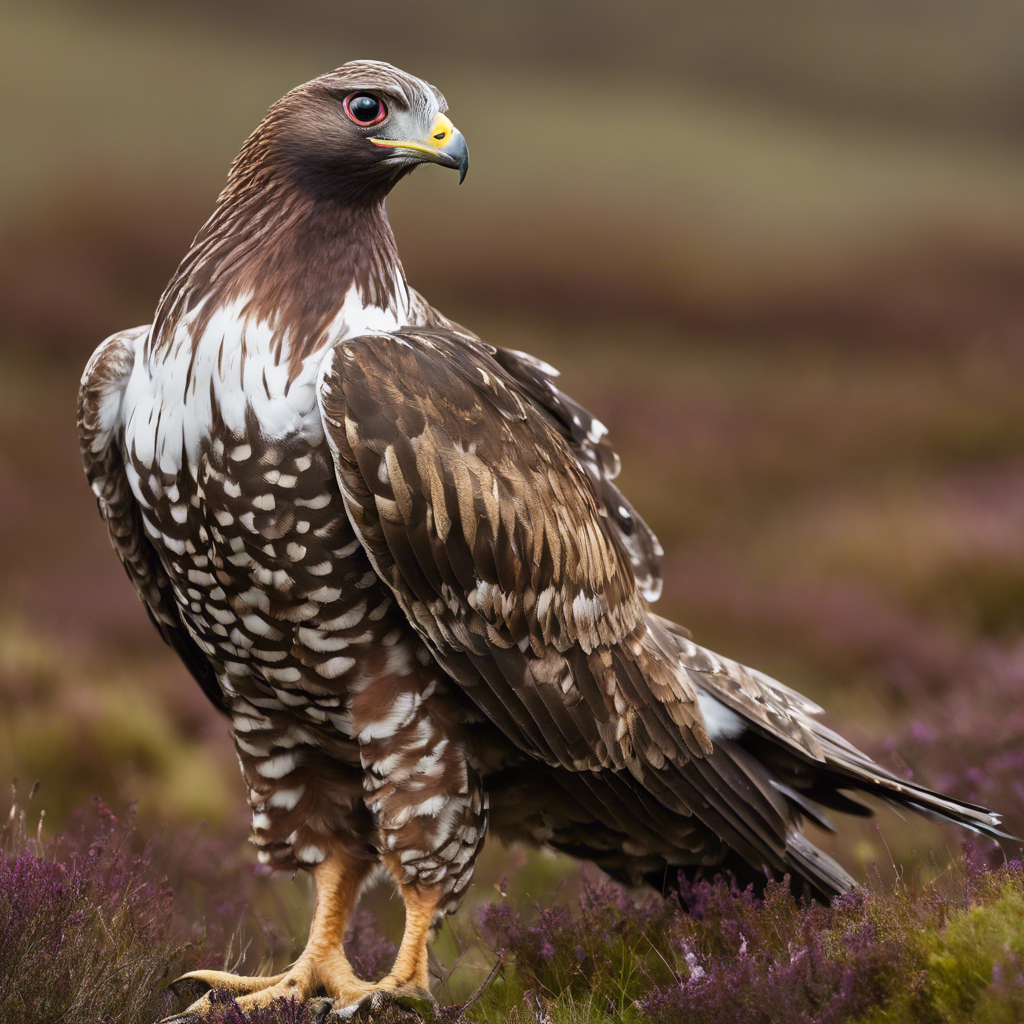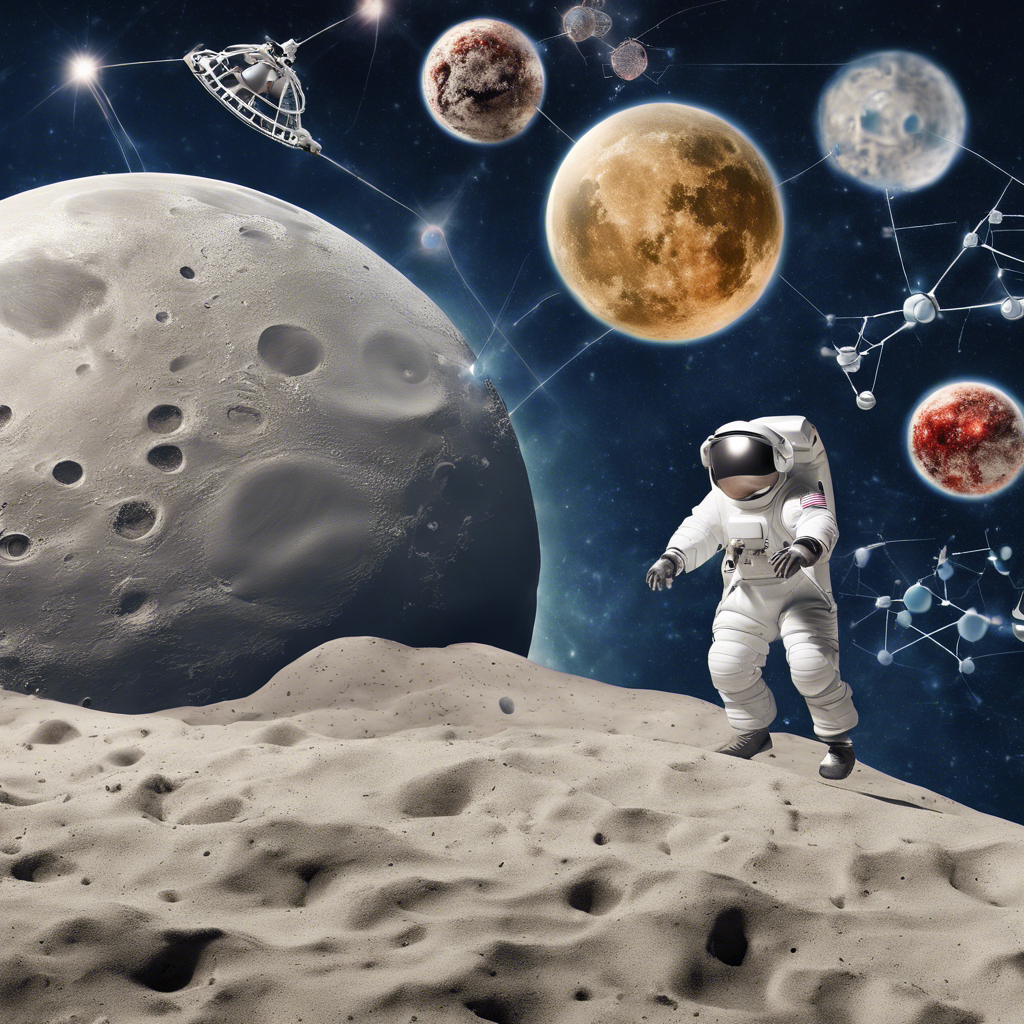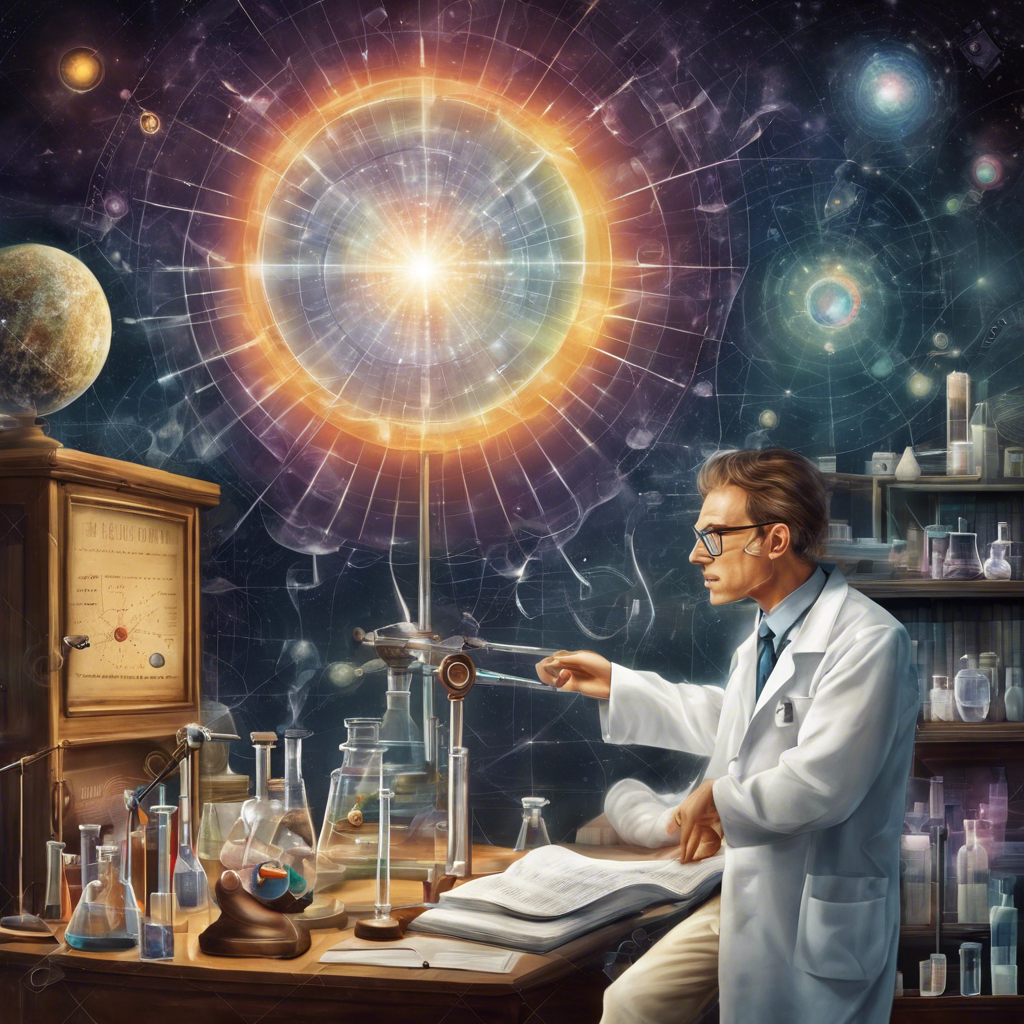Top Science Books of the Year: A Journey Through Nature, Climate Change, and the Depths of the Ocean

Smithsonian magazine’s editors and contributors select the most captivating science books published in the past year, covering topics ranging from climate change and wildlife conservation to deep-sea exploration and the wonders of the night sky.
From devastating wildfires and the impact of climate change to the wonders of the natural world and the mysteries of the deep sea, the past year has been filled with captivating scientific stories. In the midst of reporting on these events, the editors and contributors of Smithsonian magazine have also delved into a collection of nonfiction works that offer deeper insights into the world around us. In this article, we present the top ten science books of the year, carefully selected for their engaging storytelling, informative content, and thought-provoking perspectives. These books take readers on a journey through nature, climate change, and the depths of the ocean, providing a comprehensive and captivating look at the scientific discoveries and challenges we face today.
Fire Weather: A True Story From a Hotter World by John Vaillant
A thrilling account of a cataclysmic forest fire and its connection to climate change.
In “Fire Weather,” author John Vaillant takes readers on a thrilling journey through the devastating forest fire that engulfed the town of Fort McMurray, Alberta in 2016. Vaillant weaves together the story of the tar sands industry, the impacts of climate change, and the white-knuckle evacuation of the town into a frightening wake-up call of our new reality concerning wildfires. The book serves as a stark reminder of the perfect storm created by the fossil fuel industry and the conditions that allow fires to flourish.
Of Time and Turtles: Mending the World, Shell by Shattered Shell by Sy Montgomery
A heartwarming exploration of turtle rehabilitation and the threats facing these ancient creatures.
In “Of Time and Turtles,” Sy Montgomery joins the Turtle Rescue League in Massachusetts as they rehabilitate hundreds of ailing turtles each year. Montgomery’s sensory-rich writing brings readers into the action, from incubating eggs to mending shattered shells. The book not only highlights the incredible work of the Turtle Rescue League but also raises awareness about the threats facing turtles worldwide and the urgent need for conservation efforts.
Crossings: How Road Ecology is Shaping the Future of Our Planet by Ben Goldfarb
An eye-opening exploration of the impact of roads on wildlife and the innovative solutions being developed.
In “Crossings,” Ben Goldfarb delves into the world of road ecology, showcasing the devastating impact of roads on wildlife populations. From collisions with vehicles to habitat fragmentation, Goldfarb explores the far-reaching consequences of our road networks. However, the book also offers hope as it highlights successful examples of wildlife crossings and underpasses that have reduced animal-vehicle collisions and allowed for the safe movement of species. It challenges us to adopt an ethic where roads embrace the land instead of conquering it.
Starborn: How the Stars Made Us (and Who We Would Be Without Them) by Roberto Trotta
A fascinating exploration of the role of stars in shaping human history and our understanding of the universe.
In “Starborn,” Roberto Trotta takes readers on a journey through the intertwined histories of star navigation, timekeeping, and human civilization. From ancient Egypt to modern atomic clocks, Trotta shows how our efforts to understand the movements of the stars have shaped our development as a species. The book also highlights the impact of light pollution on our ability to appreciate the night sky and serves as a reminder of the importance of preserving our connection to the cosmos.
Rough Sleepers: Dr. Jim O’Connell’s Urgent Mission to Bring Healing to Homeless People by Tracy Kidder
An intimate portrait of a dedicated doctor and his tireless work to provide healthcare to Boston’s homeless population.
In “Rough Sleepers,” Tracy Kidder profiles Dr. Jim O’Connell, the founder of the Boston Health Care for the Homeless Program. Through Kidder’s flowing narrative, readers gain insight into the challenges faced by the homeless population and the tireless efforts of Dr. Jim and his team to provide care and support. The book not only sheds light on the complexities of homelessness but also highlights the importance of compassion and community in addressing this pressing issue.
How Far the Light Reaches: A Life in Ten Sea Creatures by Sabrina Imbler
A scientifically steeped memoir that explores the wonders of the ocean and our connection to its diverse inhabitants.
In “How Far the Light Reaches,” Sabrina Imbler takes readers on a journey through the undersea world, using ten sea creatures as foils for significant moments in their own life. Imbler’s essays are rife with scientific information about the chosen species, but they also serve as exercises in empathy, highlighting the beauty and importance of the ocean and its inhabitants. The book encourages readers to appreciate the diversity of life in the sea and to recognize our shared connection to this vast and mysterious realm.
The Devil’s Element: Phosphorus and a World Out of Balance by Dan Egan
An exploration of the paradoxical nature of phosphorus and its crucial role in our lives, as well as the environmental challenges it presents.
In “The Devil’s Element,” Dan Egan delves into the complex world of phosphorus, an essential element for all life on Earth. Egan explores the history and uses of phosphorus, from its role in World War II bombs to its critical function in fertilizers. The book also highlights the environmental challenges associated with phosphorus, including its depletion and the pollution of waterways. Egan’s compelling mix of science, history, and geopolitics illuminates our complex relationship with this enigmatic element.
My Father’s Brain: Life in the Shadow of Alzheimer’s by Sandeep Jauhar
A poignant memoir that explores the impact of Alzheimer’s disease on individuals and their families.
In “My Father’s Brain,” Sandeep Jauhar provides an intimate and honest account of his father’s battle with Alzheimer’s disease. Jauhar’s memoir delves into the challenges faced by both patients and caregivers, offering a glimpse into the emotional and logistical struggles of caring for a loved one with a degenerative illness. The book highlights the need for increased support and understanding for those affected by Alzheimer’s and serves as a source of comfort and solidarity for readers facing similar journeys.
The Underworld: Journeys to the Depths of the Ocean by Susan Casey
A captivating exploration of deep-sea exploration and the wonders of the uncharted ocean depths.
In “The Underworld,” Susan Casey takes readers on a thrilling journey into the depths of the ocean, showcasing the incredible discoveries made by deep-sea pioneers. Casey’s book not only highlights the awe-inspiring sights and creatures found in the deep but also raises awareness about the importance of preserving these fragile ecosystems. With the threat of deep-sea mining looming, “The Underworld” serves as a reminder of the need to protect and understand the mysteries of the ocean.
Better Living Through Birding: Notes From a Black Man in the Natural World by Christian Cooper
A personal and insightful memoir that explores the intersection of race, identity, and the love of nature.
In “Better Living Through Birding,” Christian Cooper shares his experiences as a Black birder and the challenges he has faced in a predominantly white hobby. Cooper’s memoir provides a unique perspective on the world of birding, highlighting the joy and wonder of connecting with nature while also addressing issues of representation and systemic racism. The book serves as a reminder of the importance of diversity and inclusivity in the natural world and encourages readers to embrace a broader understanding of what it means to be a birder.
Conclusion:
The top science books of the year offer a diverse and captivating exploration of the natural world, climate change, and the mysteries of the deep sea. From the devastating impact of wildfires and the urgent need for conservation efforts to the wonders of the night sky and the challenges faced by those affected by Alzheimer’s disease, these books provide a deeper understanding of the scientific discoveries and challenges we face today. As we continue to navigate a rapidly changing world, these works serve as a reminder of the importance of scientific knowledge and the power of storytelling in shaping our understanding of the world around us.





